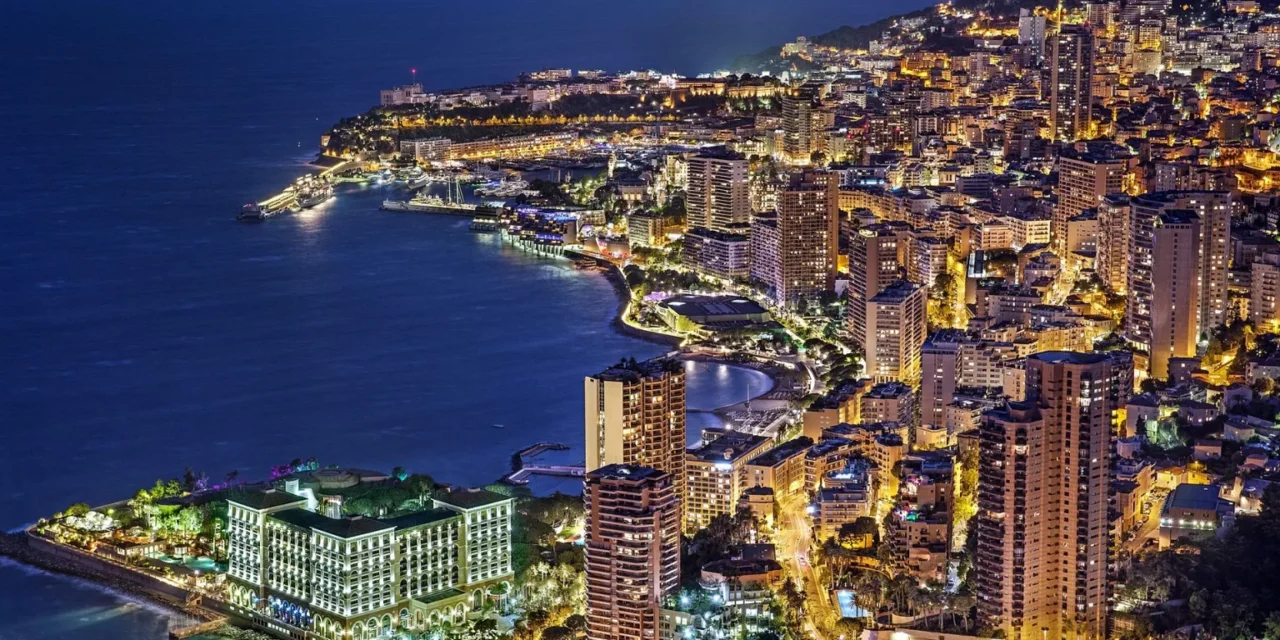Monaco has secured fourth place in the Barnes City Index 2025, which ranks the 50 most attractive cities worldwide for individuals with assets over $30 million.
The report underlines that in times of global uncertainty, luxury real estate is a safe haven, and cities like Monaco and Milan are surging in popularity because they deliver what Barnes calls a “complete lifestyle experience.” World-class infrastructure, refined living, and a vibrant cultural and sporting calendar are cited as the key reasons the Principality continues to draw the world’s wealthiest families.
Another pillar of Monaco’s enduring appeal is its advantageous tax environment. With no income tax for individuals and favourable conditions for wealth preservation and inheritance planning, the Principality offers a level of fiscal security rarely matched elsewhere. In an era of rising global taxation and increased scrutiny of high-net-worth individuals, Monaco’s clear, stable, and investor-friendly fiscal framework stands out as a powerful incentive to relocate or invest.
Within Monaco, every district commands attention, but three areas are especially in demand: the Carré d’Or for its prestige and central location, Larvotto for its beachfront residences, and Mareterra, the new eco-district offering private beaches and sustainable luxury. While small apartments sell briskly, larger three- and four-room properties remain scarce and fiercely contested.
The Principality’s pull is amplified by its synergy with the French Riviera, where many families complement their Monaco base with villas in Cap d’Antibes or Saint-Jean-Cap-Ferrat. Despite average prices above €50,000 per square metre, demand is so strong that real estate here is considered one of the safest long-term investments globally.
Monaco is particularly appealing to younger generations of Ultra High-Net-Worth Individuals, who are drawn not only by stability, but also by the Principality’s rich social life, from Michelin-starred dining to a thriving sporting scene.
Globally, there are currently 426,330 UHNWIs with combined wealth of $49.159 trillion, a figure expected to grow to 587,650 by 2028, with an additional $19 trillion in new wealth.


